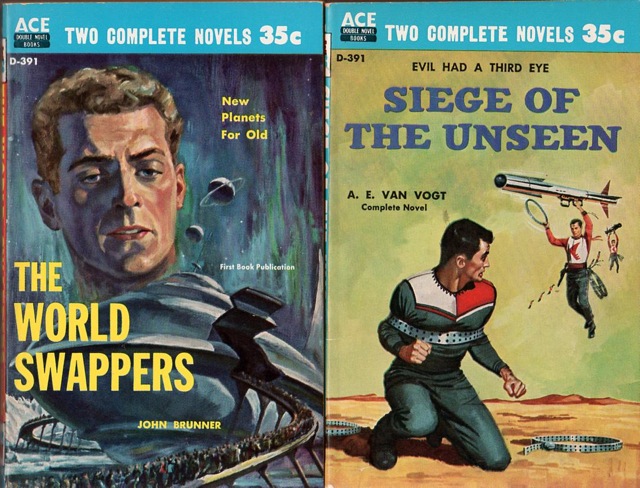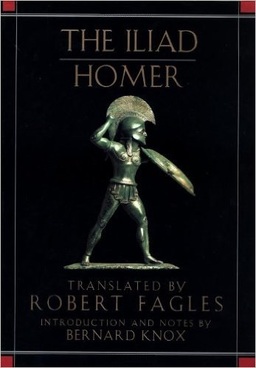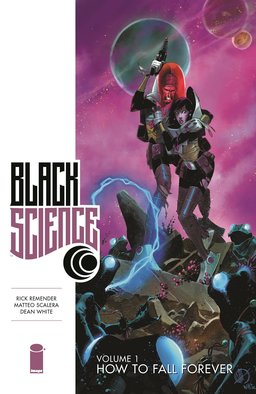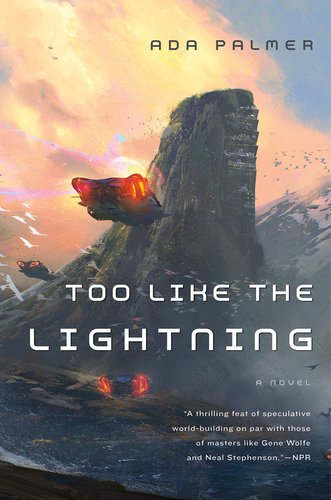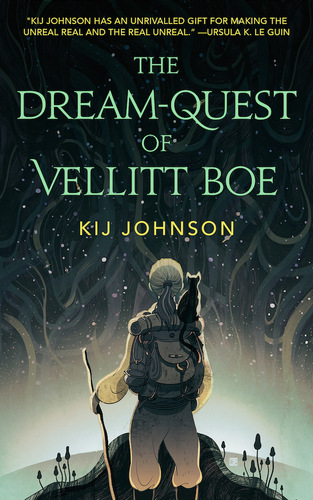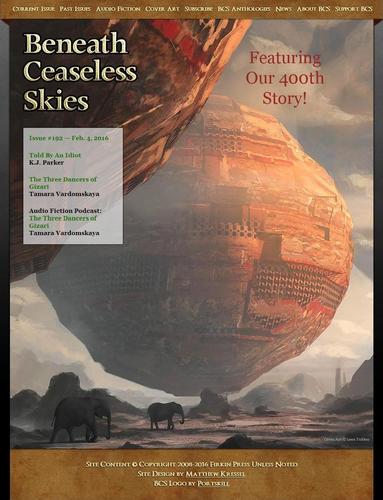Nero Wolfe’s Brownstone: A Nero Wolfe Mystery
 We’re in to March and The Public Life of Sherlock Holmes has made it to three years here at Black Gate. Every Monday morning, I’ve written about a thousand words about some topic I hoped would be interesting, without missing a deadline. I’ve thoroughly enjoyed this column and very thankful that Black Gate was willing to let me ramble on about a wide range of topics. For I certainly did that!
We’re in to March and The Public Life of Sherlock Holmes has made it to three years here at Black Gate. Every Monday morning, I’ve written about a thousand words about some topic I hoped would be interesting, without missing a deadline. I’ve thoroughly enjoyed this column and very thankful that Black Gate was willing to let me ramble on about a wide range of topics. For I certainly did that!
But I’m having trouble keeping up with the demands of weekly blogging (I know it appears I just slap these things together, but I actually do a lot of reading and research) and there are a couple of writing projects I want to tackle in 2017, and for me as it is for most folks, time is a scarce commodity. So, I’ll be wrapping up The Public Life of Sherlock Holmes with the March 20th post. I convinced the powers that be here not to put a restraining order on me at Black Gate World Headquarters (in large part by signing over all future post royalties…) and I’ll be allowed to post something once in a while. And I’m going to continue contributing to the Modular column. This is a great blog to write for and I’m pleased to still be part of the family. If still the odd cousin that doesn’t get talked about at the reunions.
One of my two major writing projects for the year involves my favorite mystery series, Rex Stout’s Nero Wolfe.
In early 2000, A&E aired a one-off movie, The Golden Spiders. It starred Canadian Maury Chaykin as Rex Stout’s famous detective, Nero Wolfe, and Timothy Hutton as his man Friday, Archie Goodwin. Reviews were positive and a year later, the first of an eleven-episode series aired, The Doorbell Rang.


